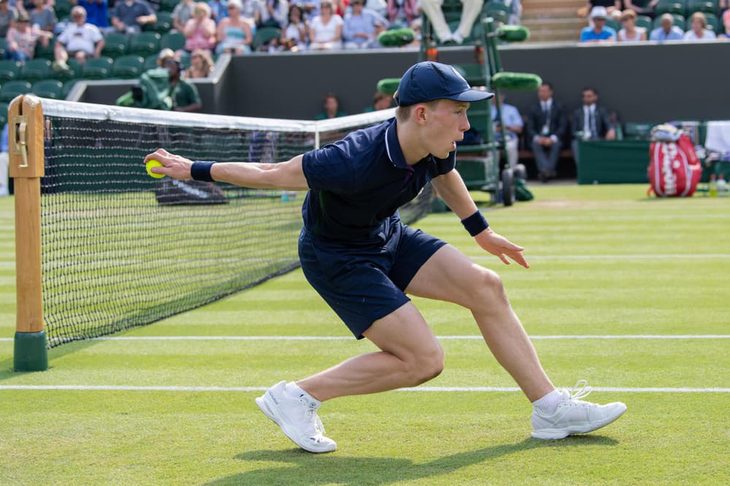
Ball boys and girls are indispensable characters at every Grand Slam tournament - Photo: Wimbledon
They are an indispensable part of the solemnity, elegance, and climax at Wimbledon, or the passion at Roland Garros. But few people know that to have that honor, children aged 12-16 have to go through a rigorous selection and training process with a competition rate that is likened to "equal to entering Oxford or Cambridge University".
The Road to Becoming a Ball Boy
The process of becoming a ball boy at a Grand Slam tennis tournament is a brutal one. Thousands of applications are submitted each year, but only about 250-280 are selected for Wimbledon and about 220 for Roland Garros.
The journey begins months before the tournament, usually in the middle of winter. Candidates undergo lengthy training sessions that focus on fitness, speed, endurance, skill and absolute discipline.
At Wimbledon, practice takes on a military feel. Dozens of children stand at attention like sentries, feet shoulder-width apart, hands clasped behind their backs, chests out.
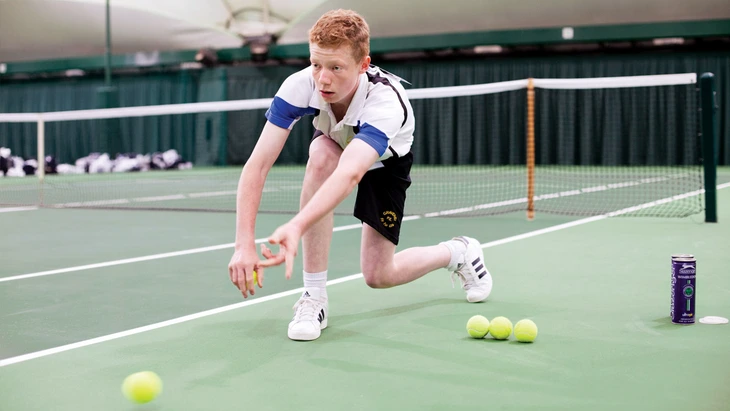
They have to go through an extremely rigorous training process - Photo: Sportsnet
The coaches, with clipboards in hand, continuously shouted: “Jump higher! Run faster! Stand straighter!” The rules were set out very strictly and in detail:
Rolling the ball : The ball must be rolled close to the grass surface, never bouncing higher than 3 inches (about 7.6cm).
Serve to the athlete: Raise the arm high above the head, then throw the ball lightly so that it bounces once and reaches the athlete's hand at waist level.
Number of balls: "Three good, four bad." This is the golden rule. Holding too many balls behind your back can lead to dropping them, an unacceptable mistake for a ball boy in England.
A tough day at work
Once the tournament begins, the boys' work follows a tight schedule. A workday can start as early as 10am and end only when the last game on the field ends, often late in the evening.
Ball boys sometimes leave a mark at the tournament - Source: Wimbledon
Ball boys and girls work in shifts, usually one hour on the field, one hour off. During their work hours on the field, they must maintain high concentration, observing each ball and each score to know where the ball needs to be.
The boys and girls are likened to "ghosts" on the field, ensuring that no player has to wait for a ball.
“The hardest thing is to stay focused, you have to watch every ball in every shot and react immediately. But I feel very proud when I go home and my parents say they saw me on TV,” said Alma Hamoud, 15, a ball girl at Wimbledon.
Fitness and nutrition
To be able to move continuously, boys and girls must possess an outstanding physical foundation. The training process is not only about ball picking skills but also a comprehensive physical training program.
Endurance and Cardio : The sessions start with high-intensity cardio. They run in place, do short sprints in quick succession, and do suicide runs to simulate fast movements on the field.
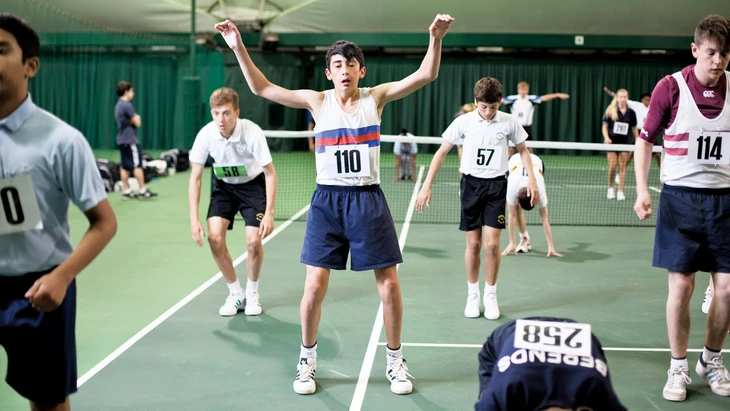
Months of training help them feel confident when working in official tournaments - Photo: Sportsnet
Emphasis is placed on standing still for long periods of time and good balance. Stretching, yoga, and single-leg balancing exercises are incorporated to prevent injury and improve stability.
Skills like rolling and dribbling are repeated thousands of times until they become "muscle memory." The goal is for children to act instinctively, without thinking.
A working day for them can last more than 10 hours, consuming a huge amount of calories. Therefore, nutrition plays an important role.
Breakfast: Popular choices are oatmeal, whole grains, eggs, and fruit.
In particular, students are required to drink water continuously during breaks. Dehydration is the biggest enemy, causing dizziness, cramps and loss of concentration.
Snacks: During their one-hour breaks, they don’t eat large meals. Instead, they have “smart” snacks:
Bananas: Provide potassium to help prevent cramps.
Nuts and energy bars: Rich in protein and healthy fats, providing lasting energy.
Yogurt: Easy to digest and provides protein.
Stay away from greasy fast food, sweets and carbonated drinks are absolutely forbidden during working hours. They cause sluggishness and sudden drops in energy, directly affecting performance on the field.
For many ball boys and girls, this is more than just a summer job. It is an opportunity to be close to their idols and breathe the atmosphere of world- class tennis.

Legendary Roger Federer was also a ball boy - Photo: AFP
Roger Federer was also a ball boy.
And for a few, it was the first stepping stone on the road to legend. Tennis history is full of greats who started their careers as ball boys.
Two of the most prominent examples are John McEnroe, the owner of 7 Grand Slam titles, and Roger Federer, the legend with 20 Grand Slam titles.
Federer, one of the greatest tennis players of all time, was once a ball boy at a tournament in his hometown of Basel, Switzerland. Even at the peak of his fame, he has not forgotten his beginnings.
In a retirement interview, Federer said the immortal line: "In my heart, I will always be a ball boy."
Source: https://tuoitre.vn/nhung-co-cau-be-nhat-bong-o-grand-slam-la-ai-20250715083510265.htm


![[Photo] Opening of the 14th Conference of the 13th Party Central Committee](https://vphoto.vietnam.vn/thumb/1200x675/vietnam/resource/IMAGE/2025/11/05/1762310995216_a5-bnd-5742-5255-jpg.webp)








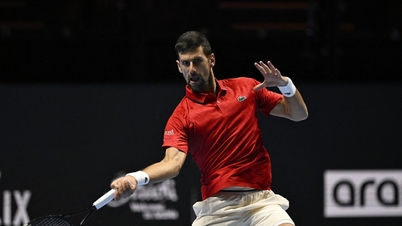
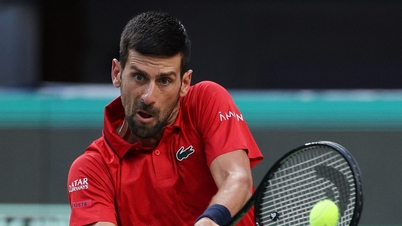

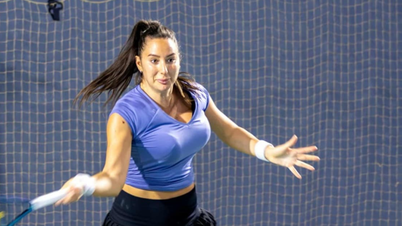
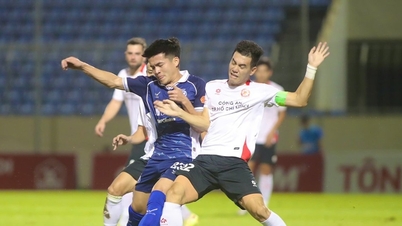





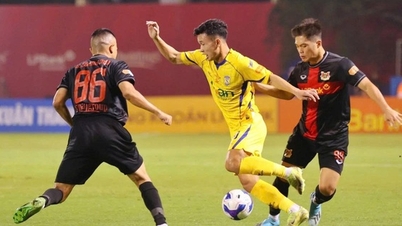









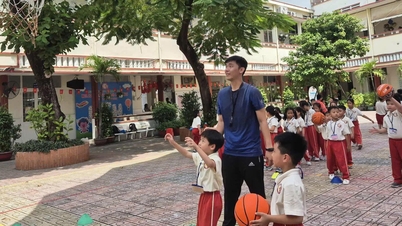



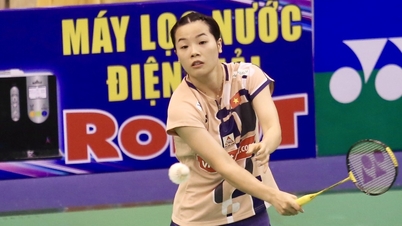

![[Photo] Panorama of the Patriotic Emulation Congress of Nhan Dan Newspaper for the period 2025-2030](https://vphoto.vietnam.vn/thumb/1200x675/vietnam/resource/IMAGE/2025/11/04/1762252775462_ndo_br_dhthiduayeuncbaond-6125-jpg.webp)

















































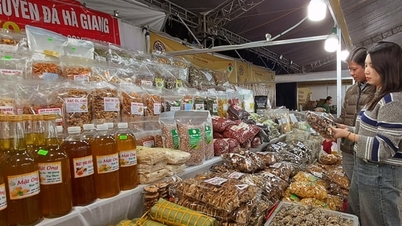























Comment (0)